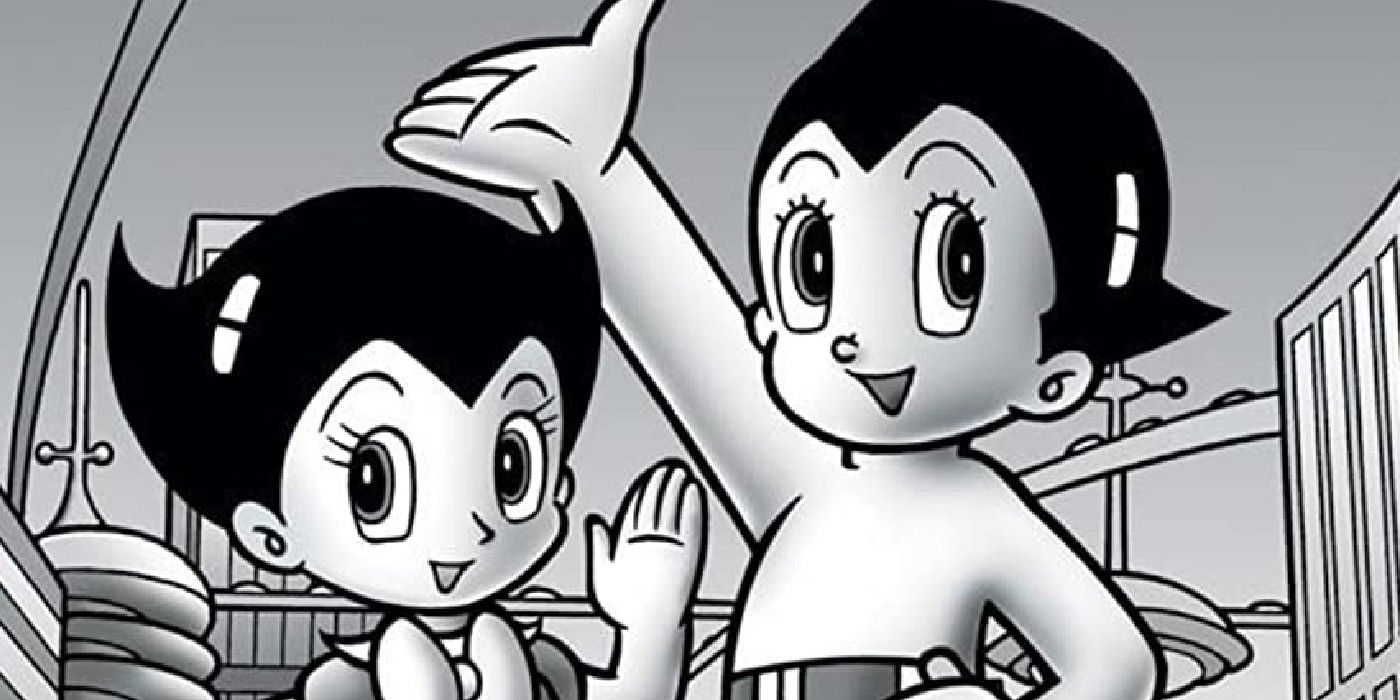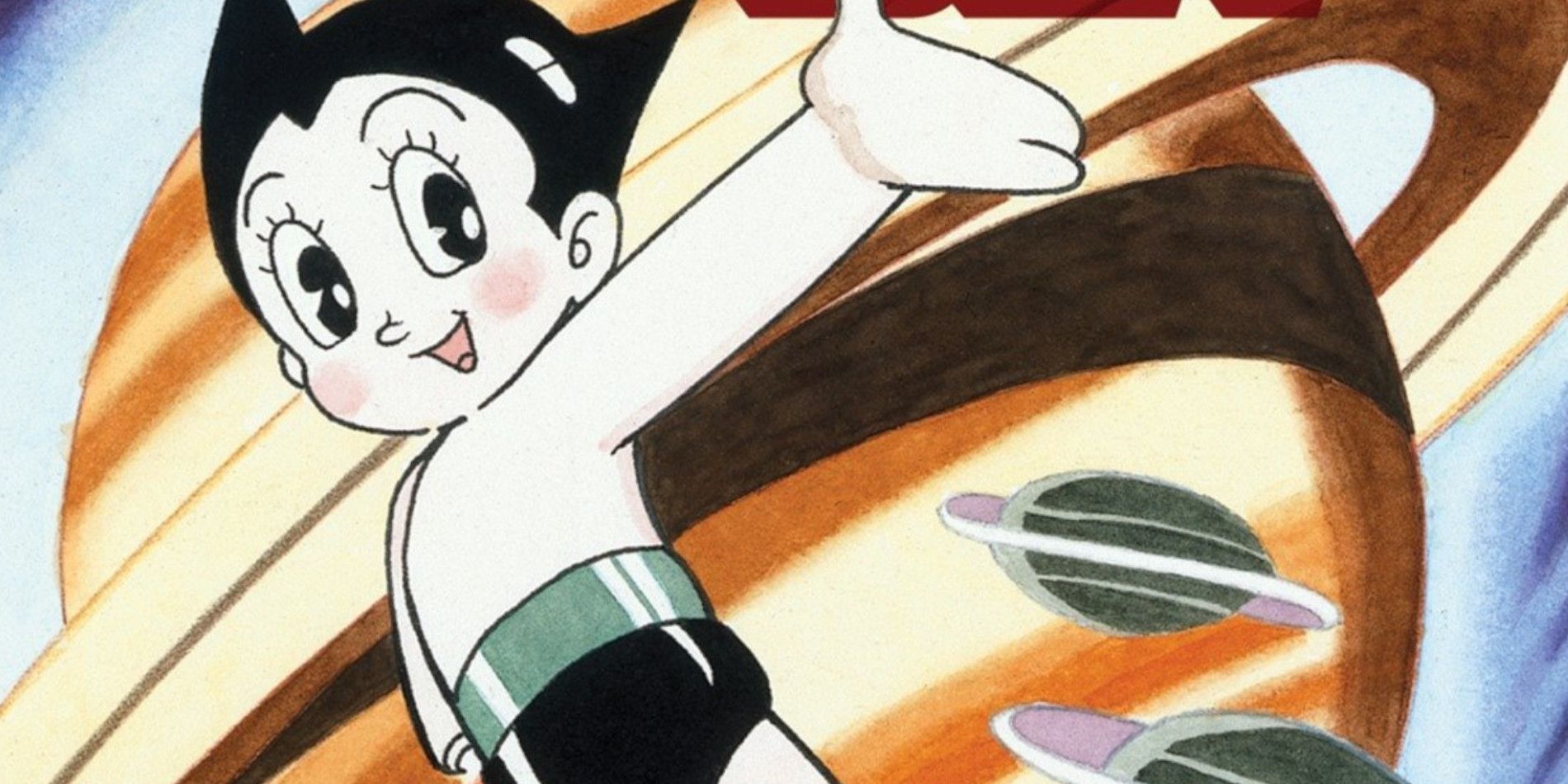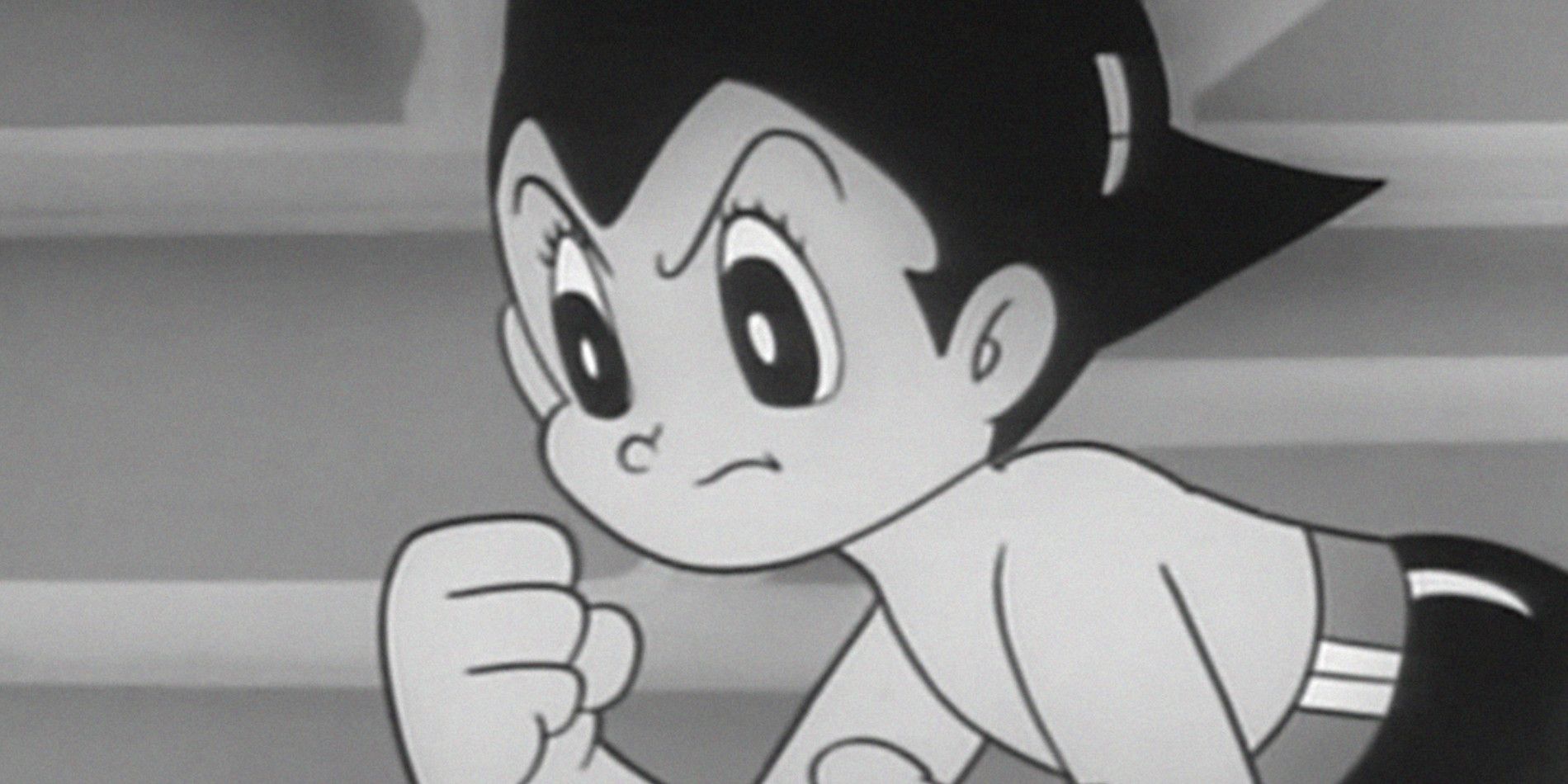Shonen is perhaps the most popular demographic of anime and manga, to the point where it's erroneously considered a genre. Though most know shonen for shows such as Dragon Ball Z, Naruto or One Piece, the designation began decades before any of these anime hit the air. Considered the first mainstream televised anime, Astro Boy is the first shonen anime as well.
Full of high-flying adventures and geared toward a male audience, Astro Boy embodies many of the tropes that would become associated with shonen anime. From "filler" episodes to an incredibly long lifespan, Astro Boy paved the road that shows such as Dragon Ball Z would later tread. Here's why the show is the granddaddy of all shonen titles -- and why it's still worth looking back at today.
Astro Boy Started Many Shonen Anime Tropes
Based on the manga by Osamu Tezuka, 1963's Astro Boy laid out what many would consider synonymous with the shonen "genre" of anime that would develop in the coming decades. For one, at almost 200 episodes, it was an incredibly long-lived series, no different from several of the many times longer shonen anime of today. Throughout its development, it would begin to outpace the development of the preceding manga that it was adapting.
This is a typical problem with many shonen anime to this day, creating the necessity for filler episodes that are usually inferior to the main stories. Thankfully for Astro Boy, Tezuka wrote some of these filler episodes himself, allowing them to start trying to tap into the themes of discrimination and other topics that were present in the manga. It also meant that many of the episodes excelled where filler in later anime would instead be disastrous.
Of course, there's also the series' premise, which is in line with many of the science fiction and fantasy trends of later shonen anime. Astro Boy focuses on a robotic child who was created in the visage of a scientist's dead son, and who goes on to have several adventures in a future where robots are treated as second-class citizens. Constantly coming up against a foe of the week, Astro Boy would engage in fisticuffs just as much as Goku, Luffy, Ichigo or Yoh would after him. His creator occasionally showed up and help him, such as when he upgraded Astro Boy's systems to make him more powerful.
This evokes the infamous power creep of shonen anime, with protagonists getting stronger to perform even greater feats. The settings wouldn't always be the same, showcasing a sense of adventure and "globetrotting" later seen in anime such as the pirate exploits of One Piece. With all of these tropes, it's easy to see how Astro Boy laid the foundation for several young male-oriented anime down the line.
Is the Original Astro Boy Still Worth Watching?
The 1963 Astro Boy is definitely a product of its time, being a more simplistic show than many modern anime fans are likely used to. Nevertheless, it more than succeeds at what it attempted to be. That, of course, was an action-packed show for youngsters, and a uniquely Japanese take on the type of animation that Western company Disney was becoming known for. The series actually gets incredibly weird, which is why it's best watched as a source to see both how far anime has come and how far Astro Boy in particular has.
The series was remade in both 1980 and 2003, with both versions offering different takes on the material. They're much darker than what would have been possible back in the '60s, with the 2003 version showcasing the best representation of the series' future with its bright, colorful aesthetic. Neither of these shows, let alone anime as a whole, would be what they are today if not for the original Astro Boy anime, which exemplified the archetypes of anime and shonen adventure stories. With its wide-reaching influence, it's no wonder that Astro Boy's theme song can still be heard in Japanese subway stations to this day. The original series can currently be streamed through RetroCrush.



